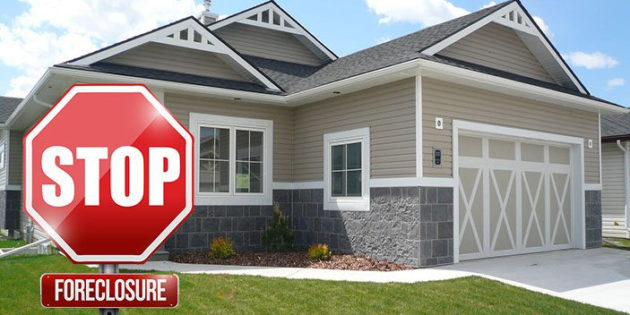A new report by Zillow states that 31.4% of all foreclosures that occurred between January 2007 and December 2015 occurred in predominantly black and Hispanic communities.

According to the report, black communities accounted for 12.7% of foreclosures, and that number grew to 19.4% in Hispanic communities. Zillow further points out that homes in predominantly black and Hispanic communities account for only 17% of all U.S. homes.
The amount of foreclosures that occurred in predominantly white communities during that time period was 66.4%, but 81.2% of all homes are located in white communities. Zillow’s report states that, based on the gap in housing between communities of color and white communities, homes in black and Hispanic neighborhoods are 2 and 2.5-times more likely to experience foreclosures than those in white communities.
Communities of color in certain metro areas were impacted far worse, as the foreclosure rates in San Francisco for black and Hispanic communities was 4.6% and 38.1%, respectively. Foreclosure rates in white San Francisco communities were at 43.5%, while 62.3% of all homes were located in white communities.
The foreclosure rate in San Francisco for black and Hispanic homes was 3.3-times higher than that of white communities, according to Zillow’s analysis.
In addition to being more likely to experience foreclosure, an Urban Institute report from 2018 stated that black homeownership rate has seen the most dramatic drop of any racial or ethnic group since 2011—declining 5% compared to a mere 1% drop in white families, and with increases for Hispanic families.
Data also found that the homeownership rate of black millennials was at 13% in 2018, compared with 37% for white millennials. In the past 15 years, black homeownership rates have declined to levels not seen since the 1960s, when private race-based discrimination was legal, the report indicated.
“The sudden new demand for rental housing caused rents to soar throughout the recession, so homeowners that were foreclosed upon—regardless of racial or ethnic group—were putting a larger portion of their income towards rent every month,” the report stated.
Zillow reported that black and Hispanic renters spent around 40% of their incomes on rent each month, and these former-homeowners were never able to benefit from the increases in their homes’ value during the recovery.
Home values slowly began to rise after the housing market hit rock bottom more than 10 years ago. Although values for typical foreclosed homes in black and Hispanic communities have yet to return to their housing-bubble peaks, they have more than doubled during the recovery, growing 109.2% in black communities and 122% in Hispanic communities, according to the report.
The value of homes in white communities during that same time period increased by 71.6%, and are currently 10.1% more than they were during the peak of the bubble. Zillow states that the typical U.S. home that didn’t succumb to foreclosure grew 52.5% and is currently worth 13.1% more than it was before the recession.
The value of foreclosed homes in black and Hispanic communities has continued to grow over the past year. While the national housing market has slowed to 6.6% growth, values of foreclosed homes in back communities has increased by 20.2% and 9.1% in Hispanic communities.
Credits